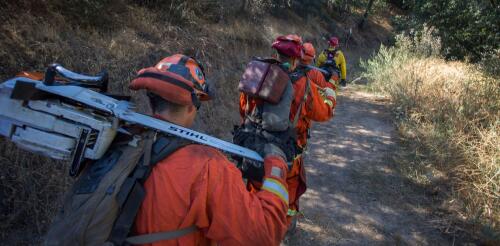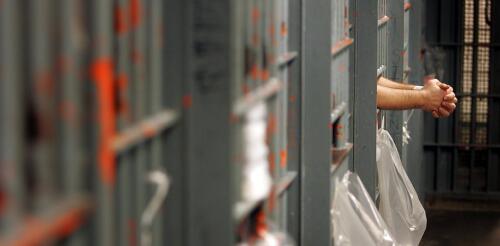Prisons
If you call 911 in rural Georgia, the nearest emergency responders might come from the local prison. In 1963, the Georgia Department of Corrections began a program to train incarcerated people as firefighters to support not only their prisons, but also the surrounding communities. Over time, the program has grown dramatically. Today, prison fire teams from 19 Georgia state prisons, including a women’s prison, and six county prisons are trained in firefighting and emergency medical response. The crews respond to motor vehicle accidents, structure fires, brush fires, hazardous materials incidents and search and rescue efforts, among other emergencies – all without being paid a salary. Jackson County, Georgia, describes incarcerated firefighters as responding to “every structural fire in Jackson County, where they serve as manpower support to every Fire Department on scene.” The all-female firefighting crew at Lee Arrendale Stat...
The United States has almost 2 million people behind bars in prisons, jails and detention centers – the largest such population in any country. Although incarcerated people are locked away from the outside world, they are even more vulnerable to the impacts of disasters, such as hurricanes and wildfires, than the rest of society. People who are incarcerated can’t take protective actions, such as evacuating or securing their belongings. They have no say in decisions that the system makes for them. Instead, they must depend on staff and administrators to protect their health and safety. In September 2024, for example, Hurricane Helene made landfall in Florida, triggering mandatory evacuations in 20 counties and emergency declarations in 61 counties along its path. Despite a mandatory evacuation in Wakulla County, the populations of two state prisons and a county jail were not evacuated. As Helene traveled northward, 2,000 incarcerated people were evacuated from pris...

